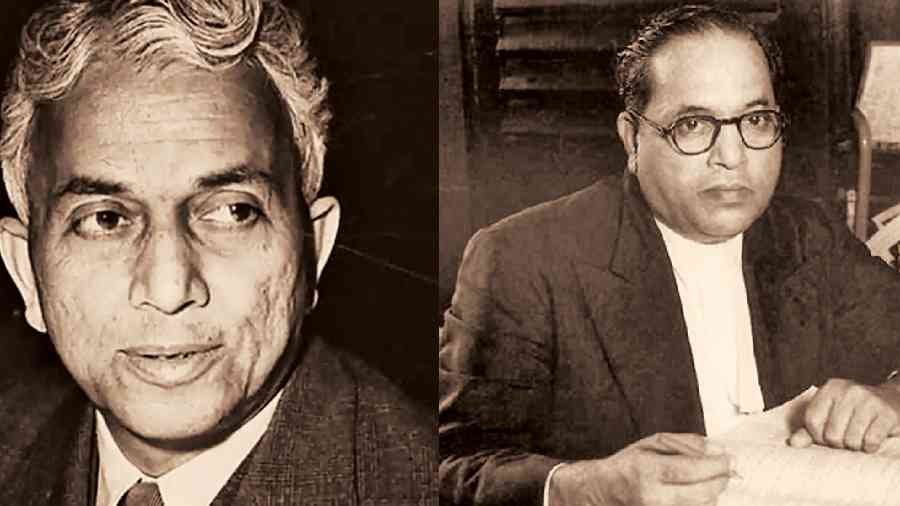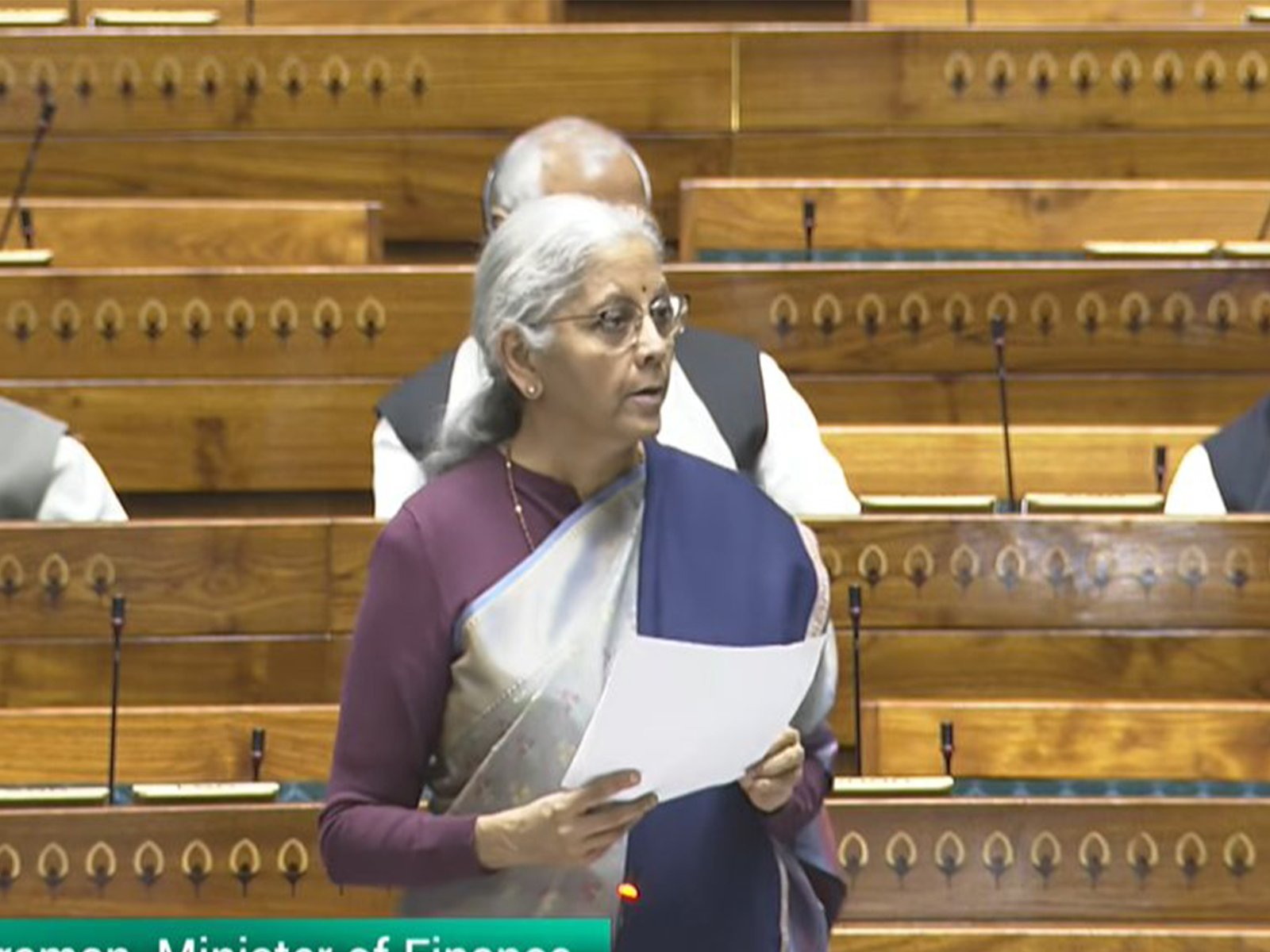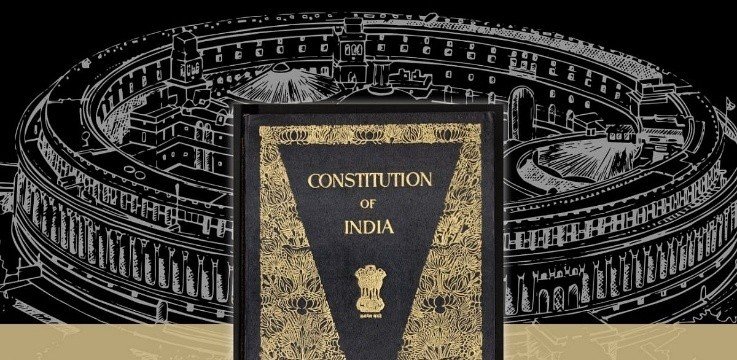Why in the News?
- A recent trend of historical revisionism claims Sir B. N. Rau was the principal author of India’s Constitution, downplaying Dr B. R. Ambedkar’s role.
- The debate matters because it affects how the Republic’s founding story and Dalit agency are remembered and how the Constitution’s social purpose is understood.
Key Highlights
- The problem identified
- Some commentators now argue Rau, the Constitutional Adviser, was the real architect and Ambedkar merely polished a finished draft. This interpretation downplays Ambedkar’s political and moral leadership.
- Rau’s actual role (technical and preparatory)
- Sir B. N. Rau (appointed July 1946) produced a working draft in October 1947 after studying other constitutions (US, Ireland, Canada, Australia, Weimar) and consulting jurists.
- His draft (243 articles, 13 schedules) was a scholarly starting point. It was a technical framework without political mandate or representative authority.
- Ambedkar’s role (political, moral, and practical)
- As Chairman of the Drafting Committee, B. R. Ambedkar took Rau’s draft and turned it into a living political document. He explained and defended every clause in the Constituent Assembly and ensured that different political groups agreed on the final version.
- Ambedkar guided the Committee during very difficult times like Partition and Gandhi’s assassination. He made sure the Constitution not only gave political rights (like voting and freedom) but also aimed at social and economic equality for all citizens.
- Ambedkar’s own acknowledgement
- Ambedkar publicly credited Rau’s “rough draft” and also highlighted the Drafting Committee members and the Chief Draftsman (S. N. Mukherjee) for their roles, showing a collaborative process rather than a single authorship.
- Why the revisionism matters politically
- Elevating Rau alone can be a tactic to recast the founding as a bureaucratic exercise and diminish the centrality of Ambedkar’s reformist and Dalit-led contribution.
- The article argues this trend risks erasing the Constitution’s moral force and the idea that the Republic was shaped by the historically oppressed.
Key Terms
- Constituent Assembly
- A representative body tasked with framing a constitution.
- In India, it included elected and nominated members from provinces and princely states.
- It debated and adopted constitutional provisions publicly between 1946–1949.
- Understanding its debates helps interpret original intent and constitutional values.
- Its records are primary sources for constitutional history and legal interpretation.
- Drafting Committee of the Indian Constitution
- Formation and Purpose: The Drafting Committee was formed on 29 August 1947 by the Constituent Assembly to prepare a draft of the Constitution based on the reports of various committees.
- Chairman: B. R. Ambedkar was appointed as the Chairman of the Committee, making him responsible for leading the drafting process and defending the draft in the Assembly.
- Members of the Committee:
The committee had seven members:- Dr. B. R. Ambedkar (Chairman)
- N. Gopalaswami Ayyangar
3 . Alladi Krishnaswami Ayyar
- K. M. Munshi
- Syed Mohammad Saadulla
- B. L. Mitter (later replaced by N. Madhava Rao)
- D. P. Khaitan (after his death, replaced by T. T. Krishnamachari)
- Main Functions:
- To prepare a draft Constitution incorporating the principles adopted by the Assembly.
- To ensure clarity, consistency, and legal precision in the text.
- To debate and revise the draft after discussions in the Assembly.
- To reconcile differing views and build consensus among diverse political and social groups.
- Working Process:
- The committee worked for about 141 days spread over nearly three years.
- It used Sir B. N. Rau’s preliminary draft as the base document but made major revisions.
- The committee introduced several new features such as Fundamental Rights, Directive Principles of State Policy, and affirmative action provisions.
- Final Adoption: The final draft of the Constitution was presented to the Constituent Assembly in November 1949, and the Constitution was adopted on 26 November 1949, coming into force on 26 January 1950.
- Significance: The Drafting Committee gave India a comprehensive, inclusive, and democratic Constitution, blending legal precision with moral and social vision under Ambedkar’s leadership.
Implications of sidelining Ambedkar
- Distortion of Historical Truth: Ignoring Ambedkar’s central role rewrites India’s constitutional history and erases the real contributions of Dalit leadership in shaping modern India.
- Erosion of Dalit Representation: It weakens the recognition of Dalit participation in the nation’s founding, reducing the symbolic and moral value of Ambedkar’s presence in the Constituent Assembly.
- Undermining Social Justice Principles: Ambedkar built the Constitution around equality, dignity, and fraternity. Diminishing his role weakens the moral and legal foundation of social justice policies like reservation and affirmative action.
- Misleading Civic Understanding: People may start viewing the Constitution as a technical legal text rather than a moral and social document meant to empower the oppressed and ensure equality.
- Threat to Democratic Values: The attempt to rewrite Ambedkar’s role may encourage caste-based elitism and weaken the inclusive and reformist spirit on which Indian democracy stands.
Challenges and Way Forward
| Challenge | Way Forward |
| Selective historical narratives | Encourage balanced scholarship, publish primary sources, and support academic peer review to check claims. |
| Public misperception | Strengthen civic education in schools and public media explaining drafting process and individual roles. |
| Political instrumentalisation | Promote non-partisan historical commissions to study the Constituent debates and archival records. |
| Erosion of Ambedkar’s moral legacy | Highlight Ambedkar’s speeches, reports and committee work in official curricula and commemorations. |
| Weak archival access or misuse | Digitise Constituent Assembly debates and Rau/Ambedkar papers and make them widely available with expert annotations. |
Conclusion
Sir B. N. Rau and B. R. Ambedkar played distinct but complementary roles: Rau supplied the technical frame; Ambedkar fashioned the Constitution into a living, moral charter for justice. Attempts to replace Ambedkar’s centrality with a purely bureaucratic origin risk erasing the Republic’s commitment to dignity and equality for historically marginalised groups.
| EnsureIAS Mains Question Q. Assess the respective contributions of Sir B. N. Rau and Dr B. R. Ambedkar to the making of the Indian Constitution. How does the current debate over authorship affect the constitutional understanding of social justice? (250 Words) |
| EnsureIAS Prelims Question Q. With reference to the drafting of the Indian Constitution, consider the following statements: 1. Sir B. N. Rau prepared a working draft of the Constitution which the Drafting Committee used as a starting point. 2. Dr B. R. Ambedkar, as Chairman of the Drafting Committee, converted the draft into the final document and defended it in the Constituent Assembly. 3. Ambedkar denied Rau any credit for the draft and claimed sole authorship. 4. Mahatma Gandhi insisted on Ambedkar’s inclusion in the Constituent Assembly to ensure legitimacy for the Scheduled Castes. Which of the statements given above are correct? Answer: B. 1, 2 and 4 only Explanation: Statement 1 is Correct: Sir B. N. Rau, as Constitutional Adviser, drafted an initial working text in 1947 after comparative study of other constitutions. His draft provided technical structure and language that informed subsequent deliberations by the Drafting Committee and the Assembly. Statement 2 is Correct: Dr B. R. Ambedkar, as Chairman of the Drafting Committee, adapted and defended the draft, led clause-by-clause debates, built political consensus, and was central to transforming the technical draft into the final constitutional text adopted in 1949. Statement 3 is Incorrect: Ambedkar explicitly acknowledged Rau’s contribution, referring to Rau’s paper as a “rough draft” and praising the Drafting Committee and the Chief Draftsman. He did not deny Rau his due credit nor claim sole authorship. Statement 4 is Correct: Mahatma Gandhi insisted on Ambedkar’s participation when his initial seat was uncertain after Partition. Gandhi argued a constitution’s legitimacy required representation of Scheduled Castes; Ambedkar’s inclusion was decisive for the Assembly’s moral authority. |
Also Read | |
| UPSC Foundation Course | UPSC Daily Current Affairs |
| UPSC Monthly Magazine | CSAT Foundation Course |
| Free MCQs for UPSC Prelims | UPSC Test Series |
| ENSURE IAS NOTES | Our Booklist |





